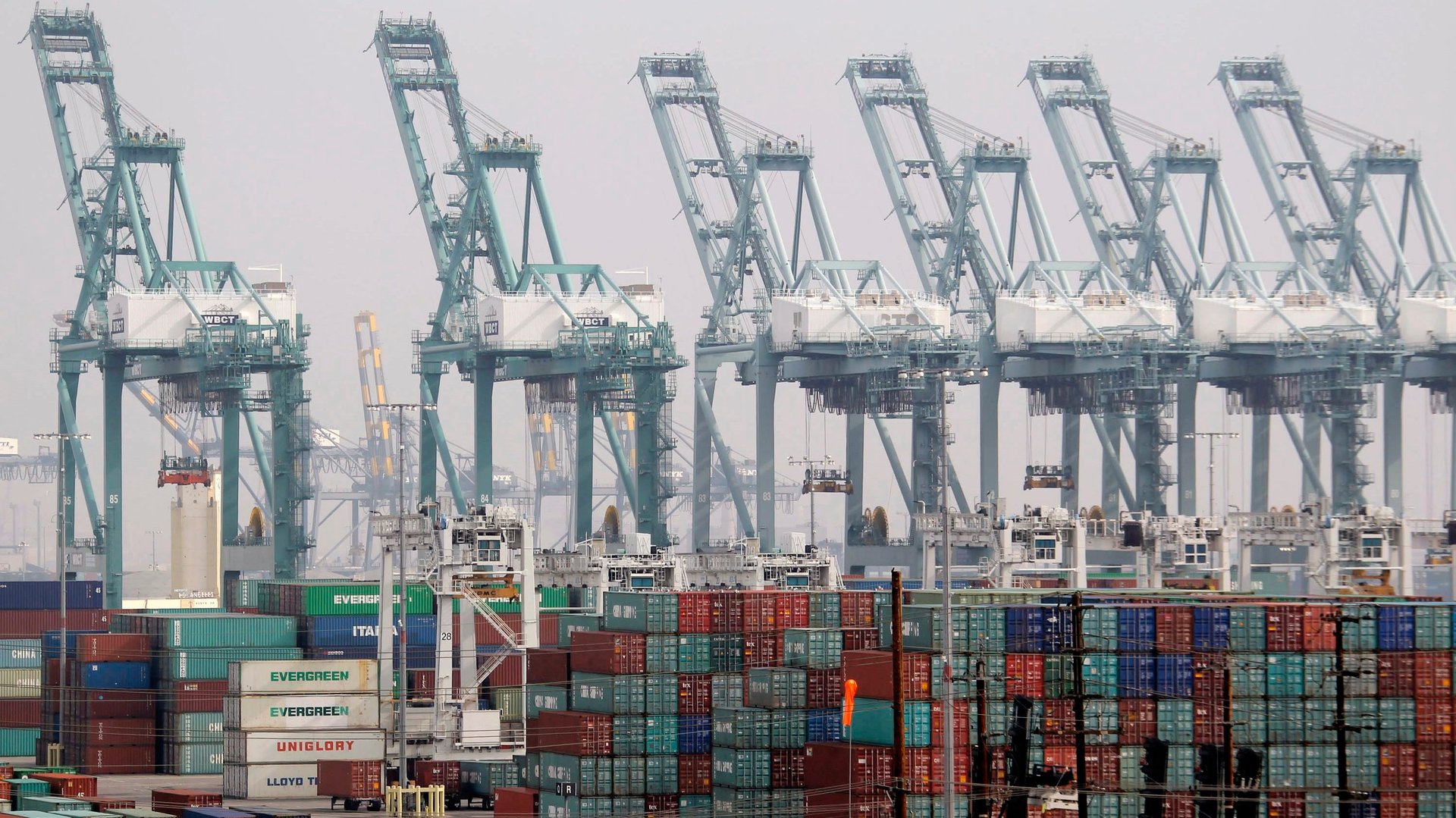Here are the technology sectors to get into if you want to cash in on California’s climate-change battle
California’s greenhouse gas emissions fell 2.7% between 2000 and 2011—thanks in part to the Great Recession—even as its population grew by 10.5%. That puts the state on track to comply with a mandate to cut carbon emissions to 1990 levels by 2020. But the end game for California, the world’s eighth largest economy, is to slash emissions 80% by 2050, a target climate scientists believe must be met at a global level to avoid catastrophic global warming.


California’s greenhouse gas emissions fell 2.7% between 2000 and 2011—thanks in part to the Great Recession—even as its population grew by 10.5%. That puts the state on track to comply with a mandate to cut carbon emissions to 1990 levels by 2020. But the end game for California, the world’s eighth largest economy, is to slash emissions 80% by 2050, a target climate scientists believe must be met at a global level to avoid catastrophic global warming.
It won’t be easy, even for California. The state’s latest update to its climate change battle plan notes that to stay on target, greenhouse gas emissions “from 2020 to 2050 will have to decline several times faster than the rate needed to reach the 2020 emissions limit.” But achieving such a radical reduction will create a host of opportunities for entrepreneurs and companies, and the report offers a roadmap to the types of technologies and services the state will be seeking in the years ahead.
Transportation
In car-crazy California transportation is the biggest carbon emitter, accounting for 38% of its greenhouse gas spew. Regulators have long targeted passenger cars, promoting electric vehicles and other low-emission technologies. But in the decades ahead, the focus will shift to the state’s freight and port infrastructure. The companies that emerge as the Teslas of heavy duty electric trucks and port infrastructure are likely to be winners.
Water
About 19% of California’s electricity and 30% of its natural gas consumption (excluding power plants) is used just to move water around the state. That means water conservation efforts will ratchet up to cut the amount of power needed and to use more renewable energy for the purpose. Given that agriculture consumes most of California’s water, smart irrigation and farming technologies will likely become big business.
Green buildings
Commercial and residential buildings are responsible for 10% of California’s greenhouse emissions, and the state wants to expand on existing plans for net-zero-energy buildings—structures that take no power from the grid, or even deliver some to the grid. Such programs have caused energy consumption in state office buildings to fall 4% since 2008, even though their total square footage grew by 12%.
Behavior modification
A 2012 study from the Lawrence Berkeley National Laboratory found that changing consumer behavior could cut energy use by 8% to 17%. That means California’s climate-change regulators will be looking for ways to get residents to do everything from buying electric cars to turning down their thermostats.